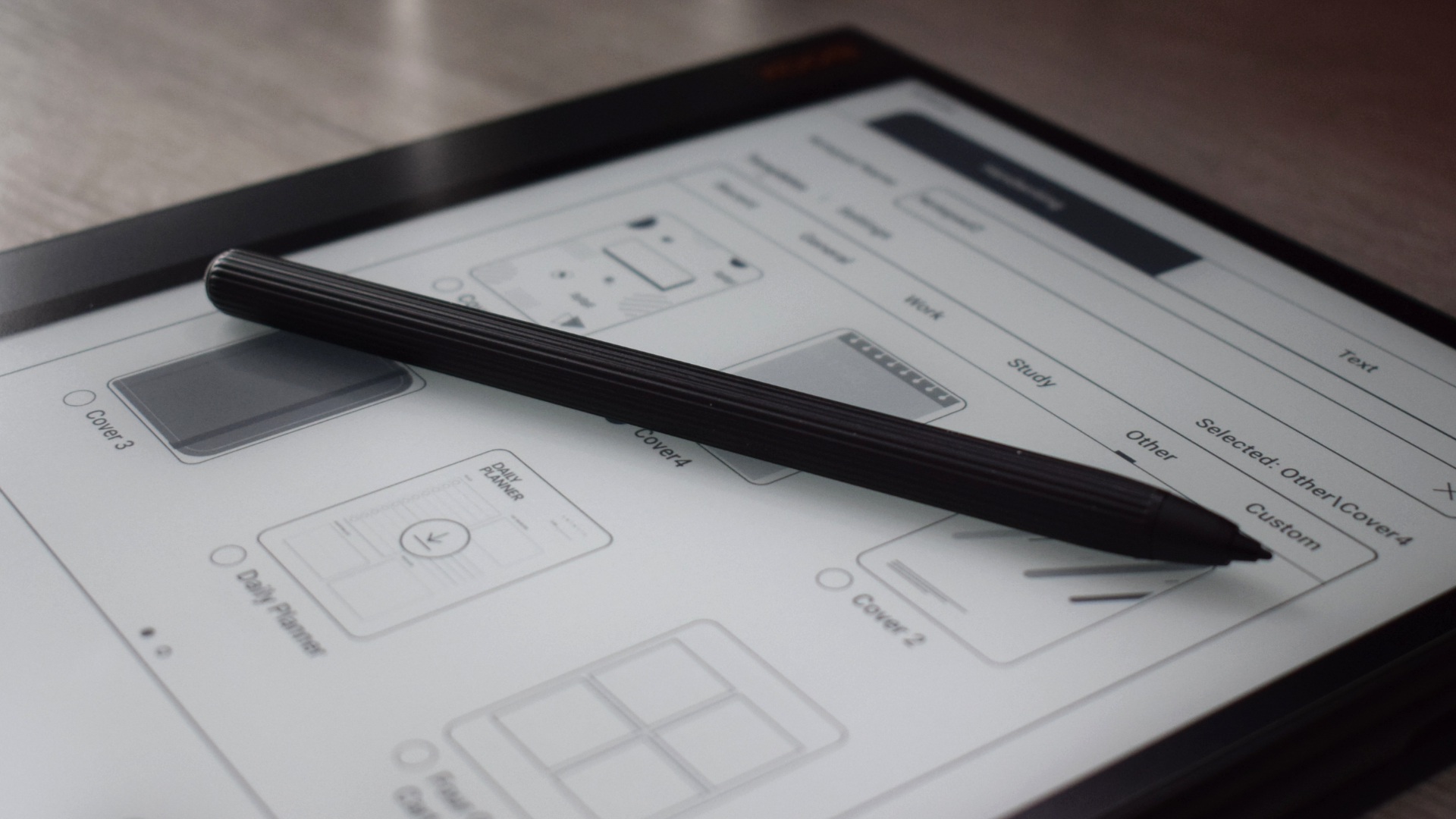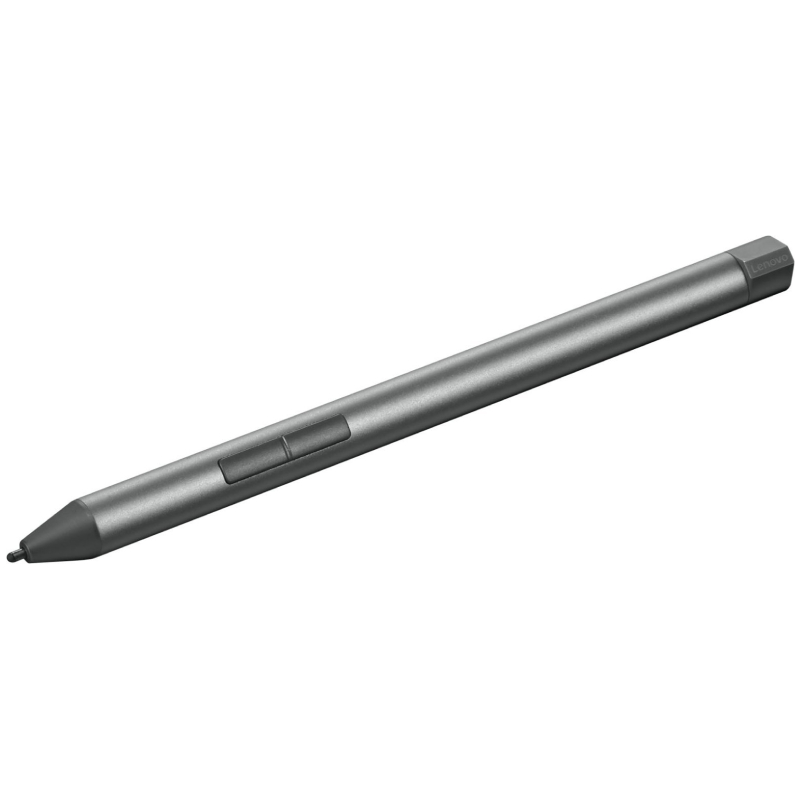Best stylus for your tablet or laptop
Want the best stylus for your tablet or 2-in-1 laptop? Look no further.

Finding the best stylus can be a semi-subjective search, since drawing in detail on any tablet (iPad or otherwise) or 2-in-1 laptop can be touch-and-go, depending on which model you own. The typical rubber stylus may have limited uses due to an overly wide tip, and accidental screen taps with your wrist can be annoying when you're in the zone. As an infographics artist, I appreciate all this minutiae.
Of course, the iPad Pro has the excellent Apple Pencil, of which three generations now exist. We've evaluated the current crop of competing styluses to see which ones are the most tablet-friendly. And you might want some of these stylus' for one of the best laptops for college, especially if it's a 2-in-1 with a touchscreen.
A rubber-tipped capacitive stylus interacts with the touchscreen the same way your fingertip does, making for an instantly useful accessory. An active stylus, on the other hand, must be powered on to unleash its true potential. Active styluses often have smaller, hard-plastic nibs in place of the rubber tip, making this style of stylus more precise.
Quick list

Best overall stylus
+ 4,096 pressure levels
+ Aluminum design
+ Two programmable buttons
- Not iPad compatible
The Wacom Bamboo Ink (2nd generation) is ideal for Windows tablets thanks to its tip with 4,096 pressure levels, sturdy aluminum exterior, and two programmable side buttons. But fair warning, don't expect it to work on your iPad.

Best premium stylus
+ Great for sketching
+ Feedback sensations in some apps
- Does not come with a charger
- Some features limited to Surface products
The Microsoft Surface Slim Pen (2nd generation) is an excellent premium stylus for those in need of something pressure sensitive and particularly ideal for sketching.

Best budget stylus
+ Two quick access buttons
+ Solid for artists and note takers
- For Lenovo products only
The Lenovo Digital Pen 2 is the most affordable option, and is ideal for those who want a simple pen that allows them to use their Lenovo touchscreen products. It features two quick access buttons and is excellent for artists or students who need to take notes.

Best stylus for iPad
+ Aluminum exterior
+ Comes with a charger
- No magnetic attachment
- Only compatible with older iPad products
It’s difficult to beat the Apple Pencil, but you will be forced to pay a premium and need to know what’s compatible: The 1st generation Apple Pencil works with 6th, 7th, 8th, 9th, and 10th generation iPad products, iPad Mini 5th generation, iPad Pro 9.7-inch, and iPad Pro 10.5-inch. It also works with both 1st and 2nd generation iPad Pro 12.9-inch.

Best Stylus for iPad Pro
+ Aluminum design
+ Double tap changes tools
+ Wireless pairing / charging
- Doesn't work on new iPad Air or iPad Pro
- Over $100
Apple Pencil’s 2nd generation brings new features like wireless charging and double tap. It's compatible with iPad Pro 11-inch (1st-4th generations), iPad Pro 12.9-inch (3rd-6th generations), iPad Air (4th-5th generation), and iPad Mini (6th generation).

Best Stylus for modern iPads
+ Aluminum exterior
+ Barrel roll, squeeze, and haptic feedback
+ Wireless charging
- Not backwards compatible
Apple Pencil Pro is the latest launch in this series, and it’s compatible with the latest iPad products like M4 iPad Pro 11-inch and 13-inch, and M2 iPad Air 11-inch and 13-inch, alongside the iPad Mini A17 Pro. While it is new, it's not compatible with older iPad products.
How to choose the best stylus
Determining which stylus is best for you comes down to a couple of factors. The first is analyzing compatibility, as built-in firmware can interact with a brand of product and allow for additional features. For example, the Microsoft Surface Slim Pen (2nd generation) features zero force inking, which the company claims helps "ink flow more naturally," but it only works with compatible Surface products like the Surface Pro (11th Edition), Surface Pro 9, Surface Pro 8, Surface Pro X, Surface Laptop Studio, and Surface Duo 2.
This is a big part of why the Wacom Bamboo Ink Smart Stylus (2nd generation) is a particularly excellent choice, as it is specifically designed for Windows Ink, and thus is compatible with any Windows product featuring a touchscreen. For more details on functionality, companies like Wacom feature an extensive list of compatible products.
Other factors for determining which stylus is best comes to use case. If you're planning on using it for nothing more than note taking, you'll survive with a less intricate product. But if you want something perfect for quality sketches, ergonomics and additional features can make or break a product.
Sign up to receive The Snapshot, a free special dispatch from Laptop Mag, in your inbox.
